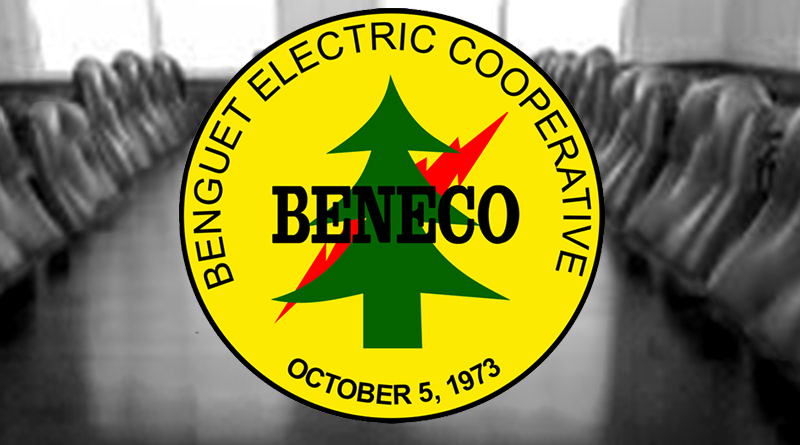BAGUIO CITY – Cordillera’s development roadmap must be anchored firmly in saving its critical environment and spur changes to attain sustainable and equitable progress in the future, the Cordillera Regional Development Council (CRDC) has advised.
CRDC listed eight major hurdles in the Cordillera Regional Development Plan until 2016 that CAR faces and needs to tackle as a matter of priority.
Arrest and reverse continuing deterioration of watersheds and its vulnerability to disasters, man-made or natural. Home to 13 major watersheds, CAR is the water cradle north of the country. But CAR is presently losing an annual average of 500 hectares of forest lands from human encroachment like logging, squatting, agriculture, industrial, residential and other activities. These have resulted to deep forest encroachment and major causes of soil degradation and erosion.
CAR population stands at over 1,365, 400, according to statistical data. If current annual population growth rate continue, population is expected to double in 38 years, increasing on the average, by almost 12,000 persons yearly, or about three persons hourly.
Diversify and balance current lopsided regional economic structure favoring industry. CAR’s economy is anchored on industry, being the biggest contributor to gross regional output. High-value electronics manufactured for export at the Baguio EcoZone contributes the biggest share to industrial gross output but employs on 10% of regional workforce. This sector is vulnerable to outside shocks in global electronics market which largely determines the region’s growth trend that is often erratic.
Agriculture and forestry employ more than half of regional workforce, contributing 13% to regional gross output but characterized by slow growth and low productivity. The services sector has steadily increased, with regional gross output at 24%, in response to growth of BPO industry.
Increase its low contribution to national growth and development. CAR’s dilemma is how to pump more contribution without sacrificing, but rather enhancing integrity of its natural environment, culture and traditions of its indigenous people and cultural communities.
Rehabilitating and protecting its watersheds can showcase CAR as model of “green economy,” that calls for developing local industries and enterprises harnessing its natural resources in a sustainable way.
Working out increased allocations from the national budget while increasing and facilitating access to CAR share in national wealth taxes. CAR receives the lowest budget allocation for national line departments and shares in Internal Revenue Allotments (IRA), remaining a relatively poor Luzon-based region. CAR needs to aggressively advocate to the national government that as least developed region in Luzon, it must be given higher premium in allocation of national finances.
Speed up building of infrastructure backbone of the Cordilleras. CAR has the poorest network in the Philippines. With its rugged topography where traditional road construction poses hazard to the region’s fragile environment, alternative transport blueprints need to be created to hike accessibility particularly to more remote areas. There is also the need to establish an integrated and efficient regional transportation and communications network that can lessen cost of doing business and improve delivery of basic public services.
Address chronic poverty in certain CAR localities and the continuing disparity in distribution of benefits of socio-economic development and accelerating achievement of regional Millennium Development Goals (MDGs) targets. CAR faces a stiff challenge in attaining certain regional MDG targets to be met by 2015. Although there is heightened probability of achieving reduction in income poverty, improving nutrition and increasing access to safe drinking water and sanitary toilets, more efforts must be exerted to attain important education and health targets.
On the other hand, CAR will need to sustain its gains in being on track with its MDG targets to help lift national averages in achieving national MDG targets.
Bony Bengwayan














